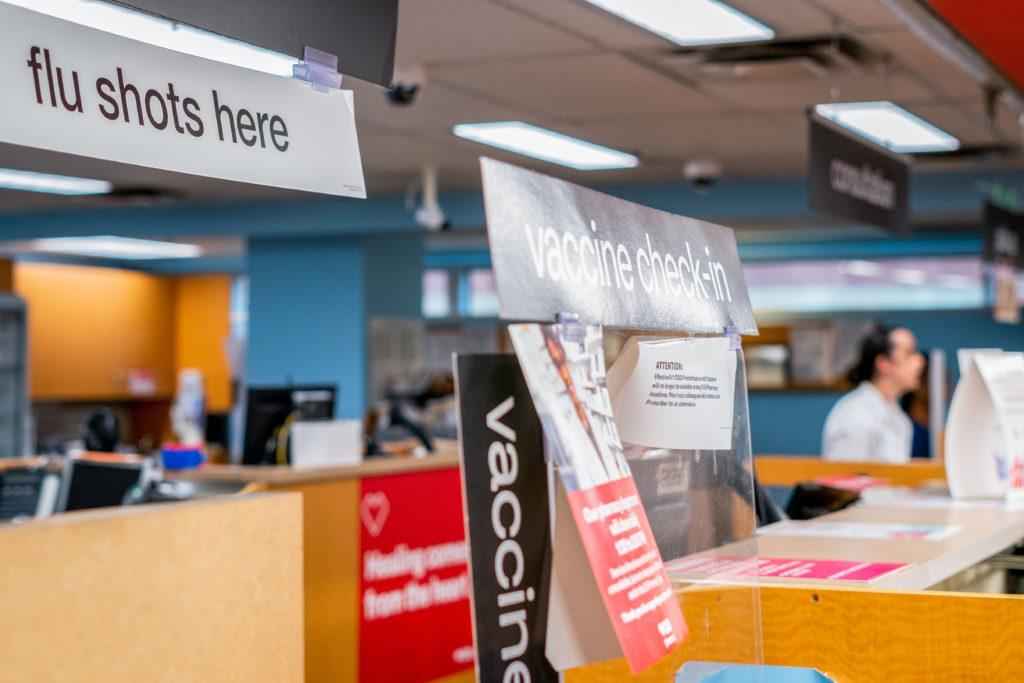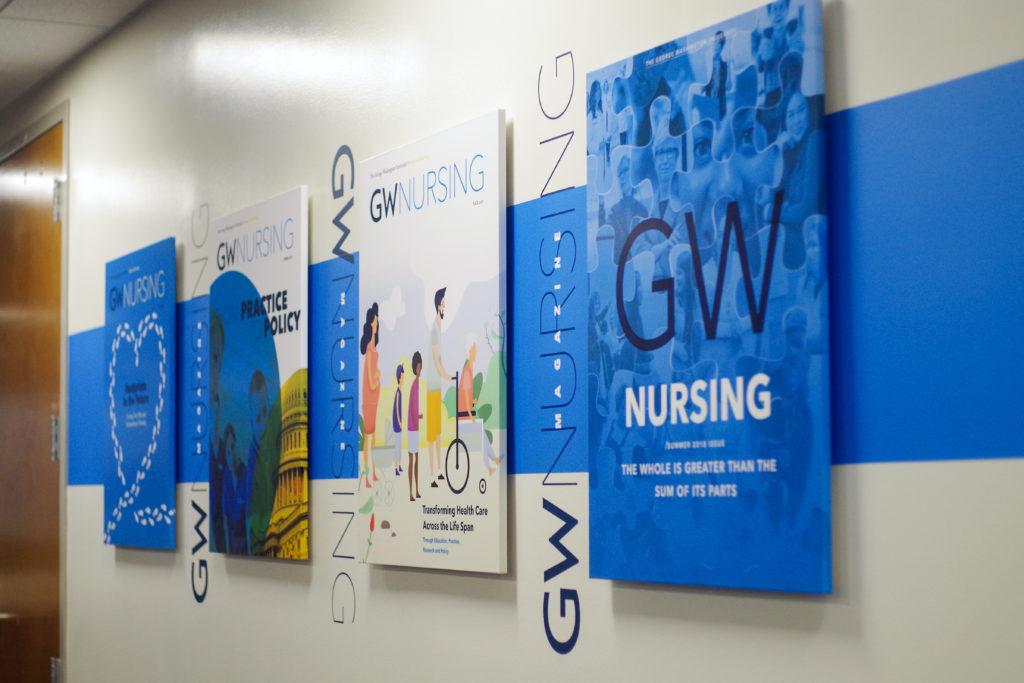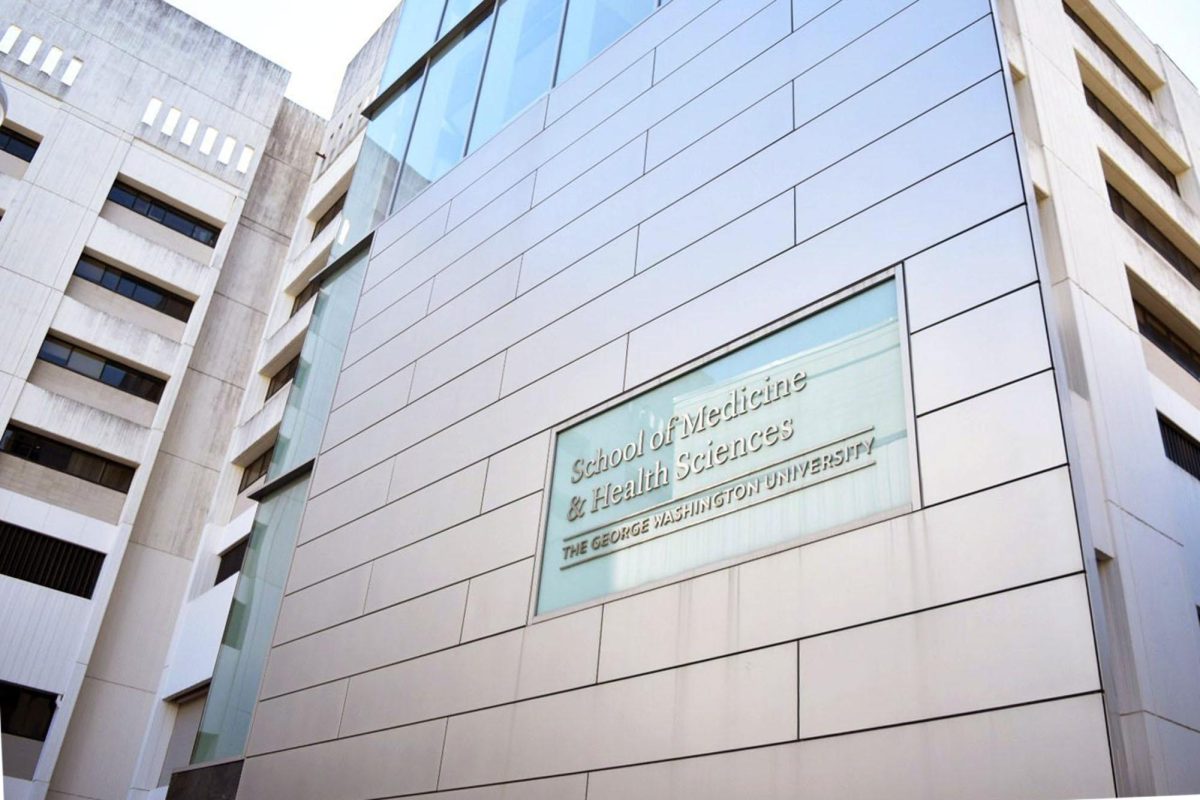Experts project that an early start to the flu season and an increase in cases of respiratory syncytial virus, or RSV, will strain hospitals’ capacity this winter.
DC Health recorded 593 positive flu cases from Oct. 16 through last Saturday, a massive reporting increase from the 29 combined cases tallied over the same time period in the last seven years, according to the agency’s influenza surveillance dashboard. Experts in flu and RSV research said the drop in health precautions like masking, social distancing and hand washing and the reopening of public spaces during the past year has spurred the rise of flu and RSV cases, which could drain resources and limit available beds for patients this winter.
“Flu and RSV are not reportable diseases, however, our syndromic surveillance illustrates the numbers have peaked faster and sooner compared to other seasons,” a DC Health spokesperson said in an email.
The seasonal flu and RSV are not reportable diseases because not everyone who shows symptoms gets tested or treated by medical care, according to the Centers for Disease Control and Prevention.
RSV causes mild, cold-like symptoms in young children and older adults, which can lead to bronchiolitis and pneumonia, according to the CDC. RSV season typically starts in the fall and lasts until the spring months, according to the Mayo Clinic.
The DC Health spokesperson said the increase in RSV cases is partly due to the relaxation of COVID-19 precautions like masking and social distancing, precautions that helped limit the rates of RSV and flu during the pandemic. The spokesperson said health department officials meet with schools and universities to “encourage” their communities to receive flu vaccines, wear masks and tell people to stay home if they are sick to prevent the spread of RSV and flu.
Rebekka Christie, the medical director of GW’s Student Health Center, said SHC officials started to notice a rise in flu cases on campus in October and have recorded about a dozen flu cases since Oct. 16. She said the SHC has not yet recorded any RSV cases on campus.
Christie said the SHC started offering flu vaccines at “large-scale clinics” in the University Student Center to students and faculty in early September and will continue to provide vaccines throughout the rest of the month. She said the SHC will offer vaccines in February and March 2023.
She declined to comment on how the rates of flu vaccine distribution this fall compares to previous years.
“The protocols in place for COVID also serve to limit the spread of the flu,” Christie said in an email. “Washing your hands frequently, wearing a mask in indoor spaces like classrooms serve to limit the spread of flu and COVID, as well as other common seasonal viruses like RSV.”
Pediatricians in the District and nationwide have reported a spike in positive cases of respiratory illnesses as they prepare for flu season, according to a Washington Post report. Pediatric units of hospitals in and near D.C were nearing full capacity last month, meaning some patients might be treated in the emergency department instead of the pediatric unit, which could eliminate specialized care they would otherwise receive.
More than 90 percent of emergency department visits for newborns under the age of four are for RSV-related illnesses in D.C., according to data from DC Health.
Experts in flu and RSV research said preventative COVID measures also decreased the rates of other respiratory diseases, but a relaxation of those policies this year has led to the first resurgence in cases of the flu and RSV.
Shyam Mohapatra, the director of the Division of Translational Medicine at the Department of Internal Medicine at the University of South Florida, said RSV presents itself as a common cold for most age groups, but infants are the most susceptible to infection of RSV and the elderly are also extra vulnerable. He said infants and the elderly were mostly not exposed to RSV because of closures and limited public activity during the pandemic, but RSV and flu cases have taken a sharp increase since these shutdowns have worn away.
“We don’t hear so much about elderly because the kids are more prone to get this infection and elderly are probably still keeping their masks and kids don’t,” Mohapatra. “That’s why we’re seeing more infants and kids rather than elderly.”
Scientists have not developed a vaccine for RSV, but health care workers give premature newborns with heart and lung conditions palivizumab as a prevention method for RSV.
Michael Teng, an associate professor of medicine at University of South Florida, said the 2022 RSV season started during the summer, spreading through Florida, the Midwest and the mid-Atlantic, although typically a winter illness. He said it is possible cases might fall after this initial spike because people who have gotten infected will have built immunity.
Pediatric hospitals around the country started reporting positive cases of RSV this summer in states like Texas and California, according to an NPR in August.
“I think the question that we don’t really know is that now that we started on this kind of unusual epidemiology of RSV work, we’ve had a summer wave, and now we’re having kind of early, late fall, early winter wave,” Teng said. “But what we can see is RSV sometime next year, kind of making up for the fact that we didn’t have that RSV season last year.”
Leonard Krilov – the chairman of the Department of Pediatrics, the chief of the Division of Pediatric Infectious Diseases and a professor of pediatrics at the NYU Long Island School of Medicine – said newborns diagnosed with RSV in their first year of life account for about 80 percent of pediatric hospitalizations before the pandemic.
Krilov said there may be a “triple pandemic” circulating between COVID, the flu and RSV this winter, but it is possible that only one will spread because RSV cases typically exist for eight to 10 weeks before it tapers off which leaves room for either the flu or COVID to have a wider spread.
“There isn’t an RSV vaccine at the moment,” Krilov said. “So I think there’s a huge public health role in trying to help both educate and track with communities and potentially, also, on a different level, looking at managing hospitals and hospital beds.”
Tia Babu, an acting assistant professor at the University of Washington, said there was minimal transmission of influenza and RSV earlier during the pandemic, but now that schools have opened up and frequent masking and social distancing is decreasing, the cases have increased, especially among children.
“Now that they’re being exposed, we’re seeing a lot of hospitalizations and children seeking medical care as well,” Babu said. “I know a lot of pediatric hospitals are extremely busy right now due to RSV.”








